Green Wednesday: Beavers Build Biodiversity and Citrus' Cold Realities
By David Shubin, UC Master Gardener of Napa County / Arya Adhye, Environmental Contributor
Green Wednesday: Gardening and Ecological Insights
Every Wednesday Napa Valley Features brings you Green Wednesday, featuring articles from environmental voices and the UC Master Gardeners of Napa County. These contributors share research-based horticultural advice, insights on sustainability and climate topics relevant to our region.
Summary of Today’s Stories
In "Growing Citrus in Napa Valley: Sweet Rewards with a Few Chilly Challenges," David Shubin explains how citrus trees can thrive in Napa with the right selection, care and cold protection strategies.
“Citrus leaves often carry the aroma of the fruit’s rind: lemon, lime, orange or grapefruit.” — David Shubin
In "Beavers: Nature’s Wetlands Engineers Come to Napa," Arya Adhye highlights the ecological benefits of a growing beaver population and recent efforts to restore wetlands in Napa Valley.
“The bill’s passage could create numerous new wetland ecosystems, complete with a healthy and thriving beaver population.” — Arya Adhye
Beavers: Nature’s Wetlands Engineers Come to Napa
By Arya Adhye
NAPA VALLEY, Calif. — At a time when we are facing so many environmental and climate challenges, it is refreshing to see some positive changes. Our growing beaver population is indeed good news for Napa Valley.
Centuries ago, North America was a vastly different place. Its landscapes were dominated by rich, diverse wetlands and thriving ecosystems, partially due to the large beaver presence. Historically, there were believed to be 60 million to 400 million beavers in North America. Today, only 10 million to 15 million remain. What caused this dramatic population decline, and why does it matter?
The North American beaver (Castor Canadensis) is considered a keystone species – a species necessary for ecosystem function. Without beavers, entire wetland ecosystems collapse. Nicknamed “ecosystem engineers,” beavers build dams and lodges from sticks, fallen trees and bark. These structures block water flow, which can turn small streams into brand-new wetland habitats that create new, rich and diverse ecosystems.
Beavers also replenish ecological resources. Beaver dams slow the velocity of the running water, allowing it to seep and filter into the soil, recharging aquifers. Additionally, the slow speed can reduce water erosion, preventing algal blooms, low-water clarity, reduced oxygen and sunlight, and species loss.
Beavers have flourished in North America for centuries and were present in nearly all of California. However, populations began to plunge when Europeans arrived in the Americas. They encountered the North American beavers and traded beaver products such as food, pelts and fur. As colonization expanded farther westward, beaver trapping-became a common practice. By the early 1900s, only about 1,000 beavers were left in California. This left numerous ecosystems vulnerable and on the brink of collapse. Additionally, increased development made previously abundant wetland ecosystems sparse.
Fortunately, ecologists and other scientists began to learn about the positive effects beavers had on wetlands and the importance of wetland ecosystems for biodiversity and the climate. By 1950, people started conservation efforts to preserve and reintroduce beavers to wetland ecosystems.
Large strides have been made toward bringing back beaver populations. In 2019, California banned beaver-trapping and hunting, mitigating further harm to beaver populations. Last year, Gov. Gavin Newsom signed Assembly Bill 2196, the “Beaver Bill,” into law. This bill acknowledged that beavers “create habitat … increase biodiversity, mitigate the impacts of climate change … [and provide] wildfire and drought resiliency.” According to the bill, restoration efforts include “monitoring, habitat restoration and expansion, translocation, and … management of human-beaver conflict.” The bill’s passage could create numerous new wetland ecosystems, complete with a healthy and thriving beaver population.
In the City of Napa, beavers have taken up residence in Napa Creek downtown. Visitors can read about our beavers on information signs now posted at the new pedestrian bridge and in Heritage Park on Pearl Street across from Kohl’s.
Elsewhere in Napa Valley several restoration projects are underway to create healthy wetland and riparian ecosystems. The “Napa River Oakville to Oak Knoll” and the “Napa River Rutherford Reach” projects are two of many examples. The goal of these projects is to “restore … the Napa River through … bank stabilization, channel widening … habitat structures, and management of … invasive species.” These strategies should help reduce erosion, enhance the riparian ecosystem and conserve native species.
Such ongoing efforts are examples of the perseverance and commitment of our community to the environment. Even when it seems we are constantly surrounded by negative news, we must remember that there are always people making a change for the better. Now, Napa beaver sightings occur often, and wetlands are growing stronger each day with the help of their very own ecosystem engineers.
—
Arya Adhye is a junior at Vintage High School in Napa, a member of Napa Schools for Climate Action and serves as one of the Napa Sierra Club Group's interns.
Growing Citrus in Napa Valley: Sweet Rewards with a Few Chilly Challenges
By David Shubin, ISA Certified Arborist and UC Master Gardener of Napa County
NAPA VALLEY, Calif. – Citrus trees, with their glossy green leaves and fragrant blossoms, can be a rewarding addition to any garden in the Napa Valley. But while our Mediterranean climate suits many fruit trees, citrus comes with one important caveat: It doesn’t love the cold.
Unlike stone fruits or apples, citrus trees are tropical at heart. When winter temperatures dip below 30 degrees, tender varieties like Bearss lime or Mexican lime may suffer or even die. Even nighttime temperatures below 50 degrees can slow growth and fruiting, especially for the more sensitive types.
The good news? Many citrus varieties can handle Napa Valley winters with minimal protection—or even thrive with the right planning. Cold-hardy options such as kumquats and mandarins often survive without any issues. And for those craving that lime flavor without the frostbite risk, hybrids like the Eustis limequat or Rangpur lime offer a smart alternative.
Sometimes new homeowners inherit a mature citrus tree with no label and no fruit in sight. The solution? Detective work. Look at the leaves. Are they single or trifoliate? Are the branches thorny? Most importantly, crush a leaf and take a sniff. Citrus leaves often carry the aroma of the fruit’s rind: lemon, lime, orange or grapefruit.
If you find a knobby swelling near the base of the trunk, you’re likely looking at the graft line. Most citrus sold commercially is grafted onto rootstock, which helps with disease resistance and vigor.
Citrus trees are hungry. Whether using compost, organic blends or conventional fertilizer, you need to feed regularly. Micronutrients such as iron and magnesium are just as crucial as nitrogen or phosphorus. Keep an eye out for yellowing between leaf veins—a common sign of deficiency, often due to soil pH rather than a lack of nutrients.
Speaking of soil, if the pH is off, your tree might be sitting on a buffet of nutrients it simply can’t access. Aim for a slightly acidic pH (6.0–6.5) to keep those citrus roots happy.
Like most tasty treats, citrus attracts attention from pests. Citrus leafminer, scale insects, aphids and even slugs and rodents can cause damage if left unchecked. Regular inspection and appropriate control measures will go a long way toward keeping trees healthy and productive.
Tempted to plant seeds from a delicious lemon? Don’t expect the same results as citrus doesn’t grow true from seed. Indeed, offspring are often wildly different from the parent tree. For consistent quality, grafting is the gold standard. The Citrus Clonal Protection Program at UC Riverside offers certified, disease-free budwood for home growers.
Grafting isn’t just for professionals. With a sharp knife and clean budwood, you can turn a single citrus tree into a "fruit salad" tree—lemons, oranges and limes all on one trunk. Just make sure your budwood comes from a trusted source like the CCPP to prevent the spread of citrus greening and other serious diseases.
Every so often, someone stumbles across a remarkable fruit from a decades-old tree—sweet, fragrant and utterly unique. In these cases, propagation by grafting may be the only way to preserve that variety. Who knows? The next big citrus sensation might be growing quietly in someone’s backyard right now.
Events
Workshop: Join UC Master Gardeners of Napa County for a workshop on “Adding New Excitement to Your Succulent Garden” on Saturday, July 26, from 10 a.m. to noon, at University of California Cooperative Extension, 1710 Soscol Avenue, Napa. Learn how to add interest, structure, biodiversity and movement to your succulent garden with companion planting. Register here.
Library Talk: UC Master Gardeners of Napa County with Napa Public Library will host a free talk on “Beautiful and Protective Firewise Landscaping” on Thursday, August 7, from 7 p.m. to 8 p.m. via Zoom. Learn how to make your home more resistant to fire and how to landscape with fire safety and resilience in mind without sacrificing beauty. Note that the meeting will not allow entry after 7:15 p.m. Register to receive the Zoom link.
Tree Walk: Join UC Master Gardeners of Napa County for a docent-led tree walk of Fuller Park in Napa on Sunday, August 10, from 10 a.m. to 11:30 a.m. Historic Fuller Park is an arboretum with many exotic and native trees planted over the past 120 years. Meet at the corner of Oak and Jefferson Streets in Napa. Registration required.
Help Desk: The Master Gardener Help Desk is available to answer your garden questions on Mondays and Fridays from 10 a.m. until 1 p.m. at the University of California Cooperative Extension Office, 1710 Soscol Avenue, Suite 4, Napa. Or send your questions to mastergardeners@countyofnapa.org. Include your name, address, phone number and a brief description of the problem.
—
David Shubin is a UC Master Gardener of Napa County.






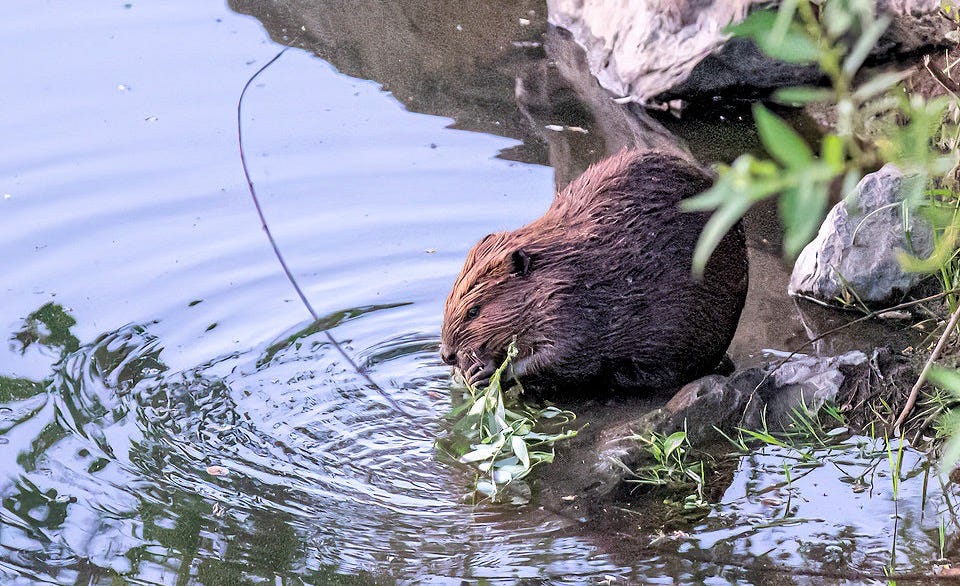



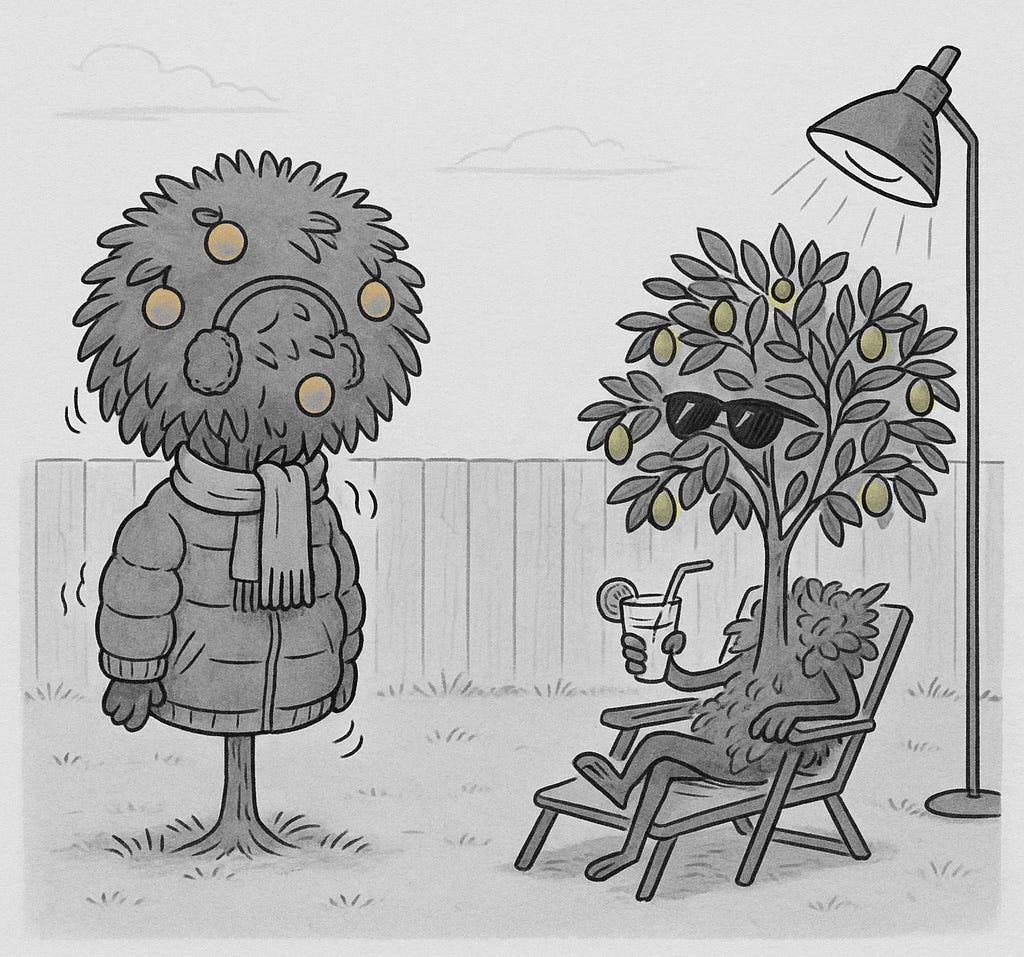
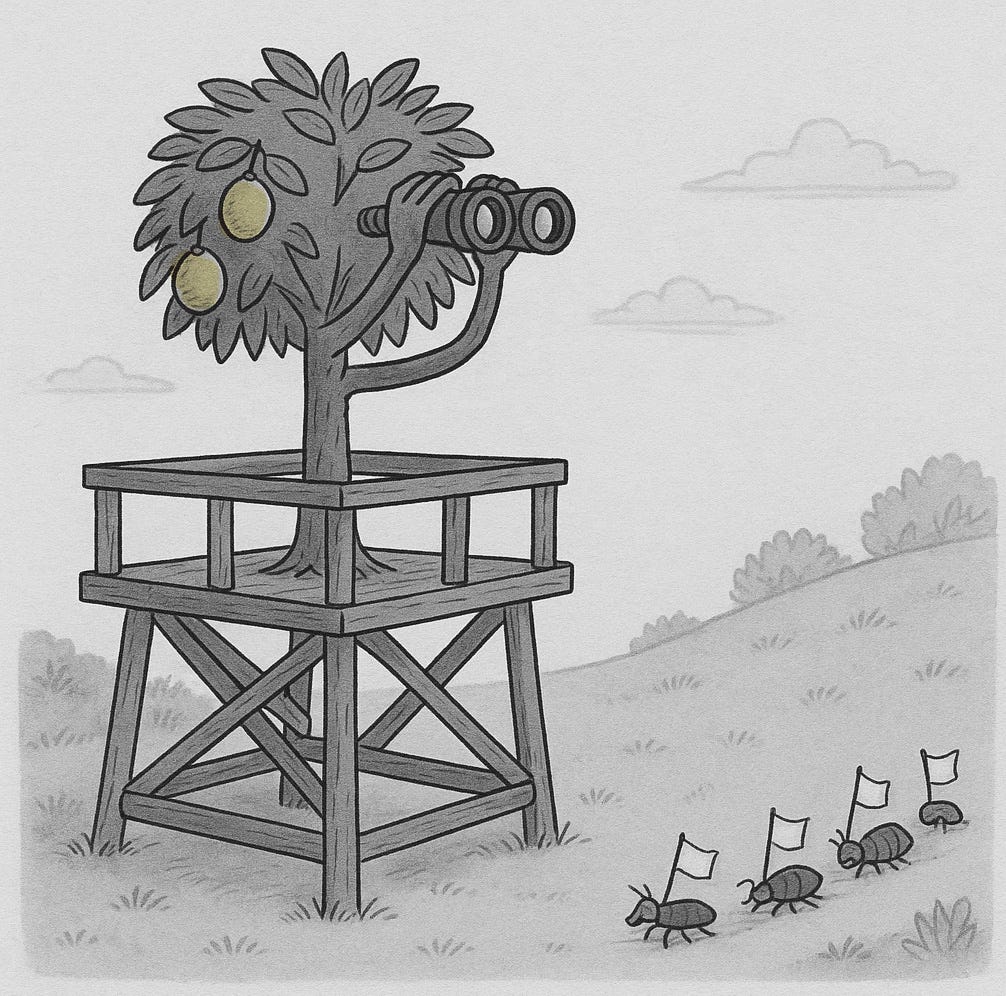


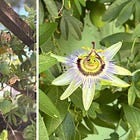


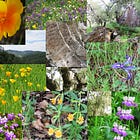
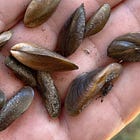




What a wonderful article. I'm m considering trying to grow mandarins now!
Could you say a bit more about when to consider soil testing for a citrus tree that is not as productive as hoped?
Thank you.
Thank you for the tips! One year I had a super abundance of rangpur limes and used them to make rangpur lime marmalade. It was delicious! But now it’s not producing much, if any fruit. It’s in a very large pot. But I wonder if it needs to be re-potted?